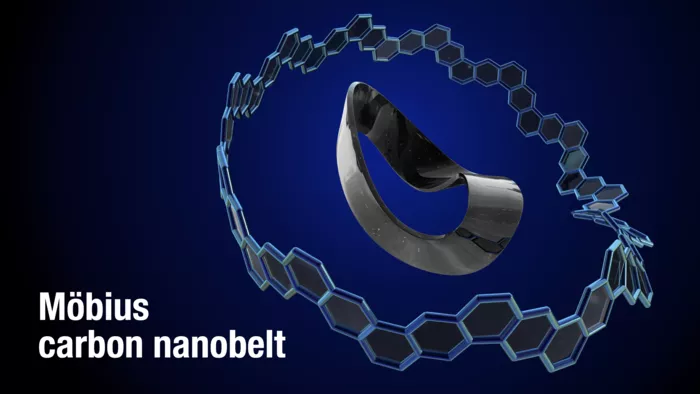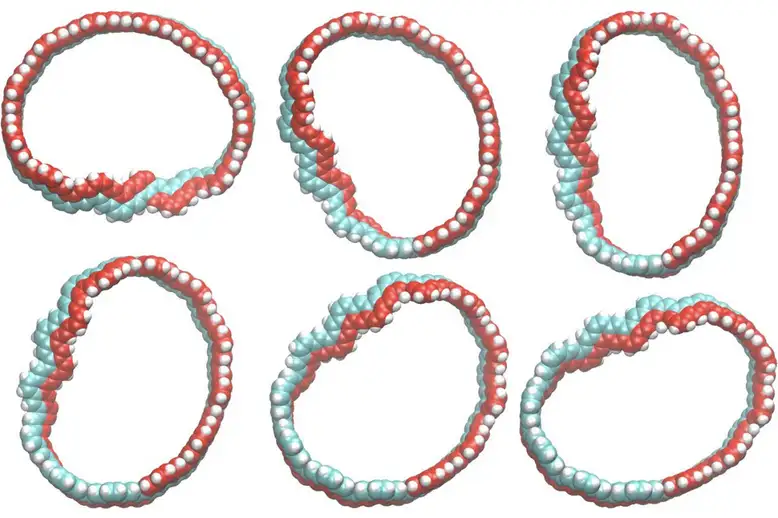The construction of nano carbon with uniform structure is very important for the development of functional materials in nanotechnology, electronics, optics and biomedical applications. According to a paper recently published in the journal Nature synthesis, the research team of Nagoya University in Japan has synthesized a banded molecular nano carbon with a distorted Mobius band topology, that is, Mobius carbon nano belt.

Molecular nano carbon science is a bottom-up method of manufacturing nano carbon using synthetic organic chemistry. However, the molecular nano carbon synthesized so far has only a simple structure, such as ring, bowl or band. In order to realize the unknown and theoretically predicted nano carbon, it is necessary to develop new methods to synthesize molecular nano carbon with more complex structure.
In 2017, the Nagoya University research team chemically synthesized carbon nanoribbons, a kind of ultra short carbon nanotubes, for the first time in 60 years. After that, Mobius carbon nanobelts became the dream goal of the scientific community.
"This twisted Mobius carbon nanobelt should exhibit completely different properties and molecular motion compared to a normal ribbon topology. However, creating this twisted structure is easier said than done." The head of the research team, Kenichiro itan, said that from the previous synthesis of carbon nanoribbons, strain energy is the biggest obstacle in the synthesis process. In addition, the additional distortion in the banded structure makes the strain energy of the final target molecule higher.

Through the theoretical analysis of the huge strain generated by the banded and distorted molecular structure of Mobius carbon nanobelts, the research team determined a reasonable synthesis route, and finally synthesized Mobius carbon nanobelts through 14 chemical reaction steps, including the newly developed functionalization reaction, Z-selective Wittig reaction sequence and strain induced nickel mediated homologous coupling reaction. Spectral analysis and molecular dynamics simulation show that the distorted part of Mobius band moves rapidly around Mobius carbon nanobelt molecules in the solution. The topological chirality of Mobius structure was confirmed experimentally by chiral separation and circular dichroism spectroscopy.
Researchers say that new forms of carbon and nano carbon continue to open the door to new technologies and lead to the discovery of extraordinary properties, functions and applications that are often unpredictable. This work paves the way for the development of nano carbon materials with complex topology and the birth of innovative material science using Mobius topology.